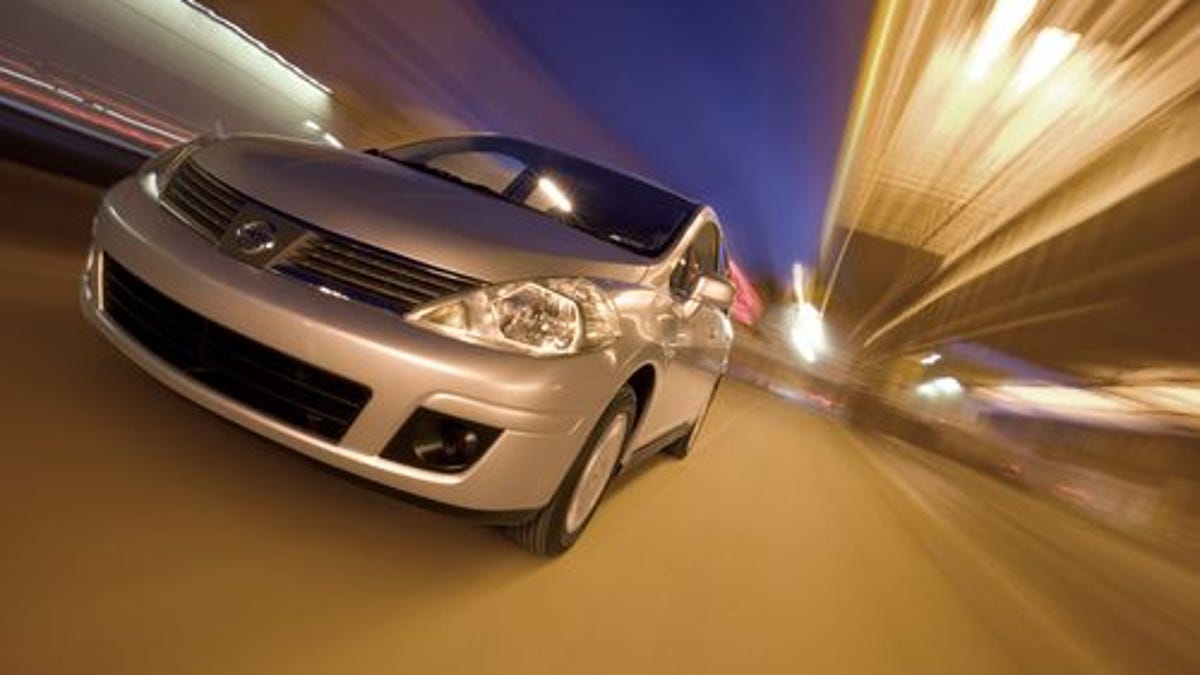America's cheap car wars heat up
With Hyundai's announcement of a bargain-price Accent, the cheap car market in America starts to get crowded.

The cheap car price wars are heating up with Hyundai's announcement that it is dropping the price of its Accent GS three door to $9,970, knocking the $9,990 Nissan Versa 1.6 from its short-lived position as the least-expensive car in America. With a single $20 separating the two vehicles, let's take a look at the specs and see how cheapskate champions compare.
Starting under the hood, both vehicles are equipped with 1.6-liter four-bangers. Nissan's 107-horsepower engine is just edged out by the Hyundai's 110-horsepower mill. Both qualify as Ultra-Low Emissions Vehicles (ULEV) and--when mated to its five-speed manual transmissions--fuel economies are similar, at 26 city/34 hwy mpg for the Versa and 27 city/33 hwy mpg for the Accent.
The biggest difference is the vehicles' body styles. The Versa 1.6 is a four-door sedan, while the Accent GS is a tiny hatchback. The Nissan has more people carrying space and offers easier entrance and egress for backseat passengers, while the Hyundai offers the utility and flexibility of a hatchback.
The rest of the spec sheets pretty much mirror one another. Both vehicles feature about six airbags apiece, tire pressure monitoring systems, 14-inch wheels with hubcaps, and five-speed manual transmissions. Neither vehicle has air conditioning, power windows, or power locks at that price point.
So, what's the $20 price difference of these two vehicles worth? As it turns out, it's about three horsepower and a pair of doors. On paper, the two cars are fairly evenly matched and their prices are virtually the same. Personally, I think the Accent looks better, but I also think our CNET Car Tech Chevy Aveo is cute, so there's no accounting for bad taste there.
Perhaps it would be better to compare these vehicles to the next most expensive car that I could find, the $11,990 Smart fortwo Pure, which for about $2,000 more than the Versa 1.6 loses two seats, one cylinder, about 40-horsepower, and lacks a proper gearbox. It also sheds close to 1,000 pounds of weight and gains 6 mpg city and 8 mpg highway, so there are some pros to be found. There is, of course, a substantial waiting list for the Smart, which may deter some buyers.
At best, comparing the Versa 1.6 and Accent GS to the Smart fortwo Pure is pure entertainment--the Smart really is in a class of one in the American market--but there's a method to my madness. Compared with the other trim levels in their respective lineups, the Accent and Versa look exceedingly spartan, but they are both twice the car of the more expensive fortwo Pure, which is selling like hotcakes. When you put it into that perspective, these cars are a pretty good deal for about $10,000.

